Port of Maputo
The Port of Maputo is located southwest of Mozambique and south of the Mozambique Channel. It is situated on the left bank of the Matola River and comprises two important areas: the Maputo Commercial Port and the Matola Industrial Complex.
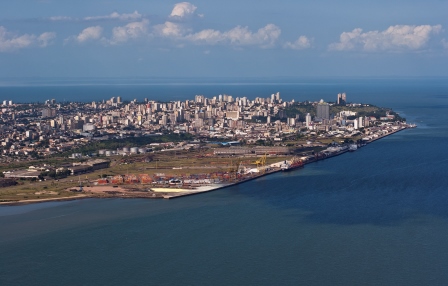

Access to the port is via two channels, the Xefina and Polana channels, which are 9.3 km and 7.5 km long, respectively. These channels range in depth from 11 to 14 meters. Access to the Matola Mining Wharf is via the channel of the same name, which is 3,100 meters long and nine meters deep under normal conditions and 12.9 meters during spring tides.
The Port of Maputo comprises the Fishing, Cabotage, General Cargo, Coal, Fruit, Sugar, Container, Steel, and Molasses Tanks terminals, with a length of approximately 3,876 meters. The Ore Wharf comprises the Coal, Oil, Grain, and Aluminum terminals, with an overall length of 865 meters.
Currently, the Port of Maputo has an overall cargo handling capacity of approximately 17,000,000 metric tons per year.
De capacidade de manuseamento anual
De comprimento
De Profundidade máxima
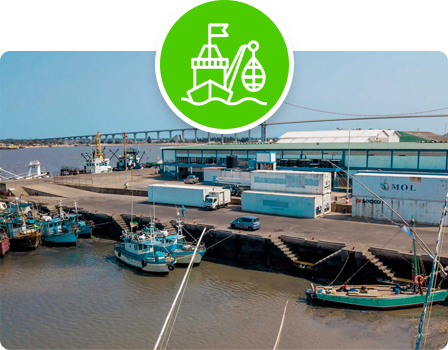
Fishing Pier
The main activity is fish handling. It is 80 meters long, 3.5 meters deep, and has the capacity to berth four medium-sized fishing vessels. This pier has a refrigerated storage capacity of 950 tons.Currently under the responsibility of the Ministry of Fisheries, the pier has the capacity to handle approximately 5,500 metric tons per year.
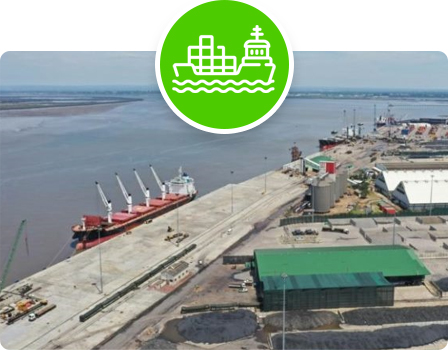
Cabotage Terminal
This terminal, whose quay is approximately 300 meters long and covers an area of 6,200 square meters, has three berths and can simultaneously accommodate three vessels. The terminal has an open-air storage area of 20,000 square meters and a covered area of 5,000 square meters. The latter consists of three warehouses: A1, A2, and A3, all of which are in excellent condition.The terminal has an installed handling capacity of 500,000 tons per year.
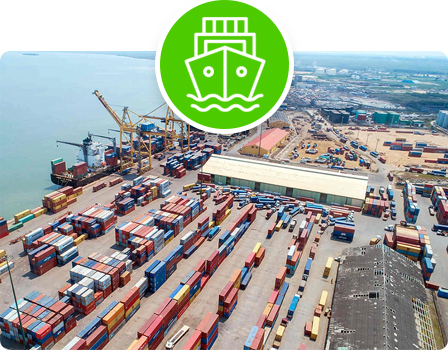
General Cargo Dock
This terminal has a 440-meter-long quay and a special quay with the capacity to accommodate vessels of 40,000 gross tonnage.There are 35 cranes ranging from 3 to 5 tons, one 10-ton crane, and one 60/80-ton crane, with a reach of 23 to 27 meters. This equipment is equipped to handle 2.5 million tons annually.
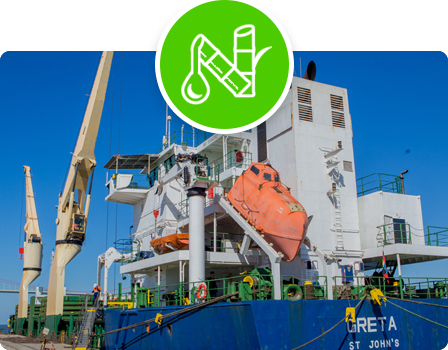
Molasses Shipping Terminal
This terminal is 153 meters long and occupies an area of 3,060 square meters. Storage is carried out in four tanks with individual capacities of 6,000, 7,000, 9,000, and 11,000 tons. The terminal was designed to handle approximately 150,000 tons annually.
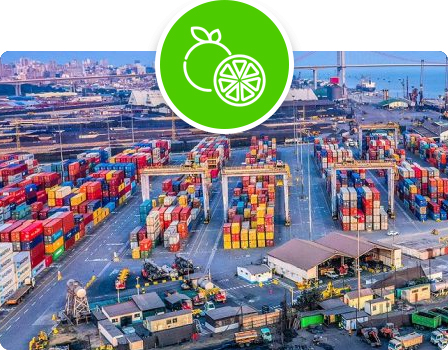
Citrus Terminal
The Citrus Terminal has a 380-meter quay and is equipped with six 5-ton cranes and 31 forklifts. The refrigeration facilities have the capacity to handle 17,000,000 boxes per year. This terminal, designed for the preservation and shipment of fruit, has four warehouses for receiving, sorting, and refrigerated storage.The terminal is operated by Maputo Produce Terminal, under a leasing agreement between CFM and Outspan International, a South African company.It has an installed handling capacity of 750,000 tons of citrus fruits.

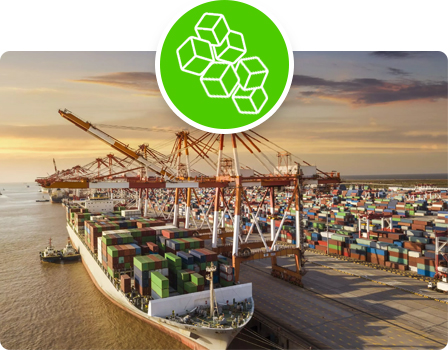
Sugar Terminal
This facility comprises three warehouses with a capacity of 40,000 net tons each. Ship loading is done using a 150-meter conveyor system. The average loading capacity is approximately 750 tons per hour (in each of the two towers).The quay is 10.5 meters deep, 170 meters long, and has a total storage area of 14,640 square meters. The terminal has an installed capacity to handle 600,000 metric tons per year. Since 1995, the terminal has been operated by Sociedade Terminalis de Açúcar de Moçambique (STAM), through a leasing agreement signed between CFM and the sugar associations of Zimbabwe and Swaziland.
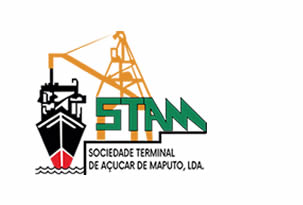
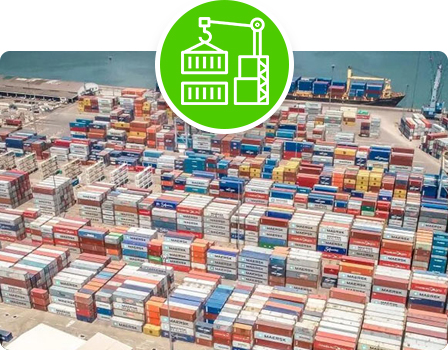
Container Terminal
This terminal is operated by MIPS, Mozambique International Port Services, a company jointly owned by the South African firm Rennies (37%), CFM (33%), and the Australian company P&O (30%).Since MIPS's founding in 1996, a total investment of approximately US$8 million has been made to renovate the infrastructure. Currently, MIPS handles approximately 35,000 TEUs per year, most of which is to or from Mozambique.This terminal has 300 meters of quay and an area of 40,000 square meters with a storage capacity of 1,000 TEUs, and can currently handle 35,000 TEUs per year. It also has a covered warehouse with a storage area of 3,920 square meters and is equipped with two modern gantries with a capacity of 35 tons each and 9 forklifts, whose capacities vary from 2.5 to 35 tons.

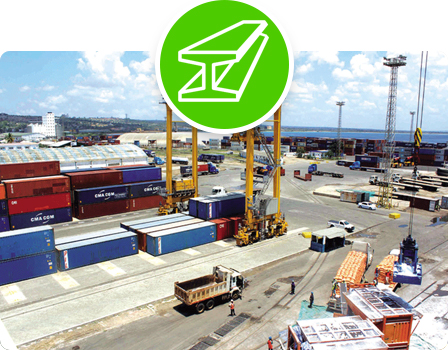
Steel Terminal
Serviced by four cranes, three of which are 20 tons each and one is 22 tons, this terminal has an annual installed handling capacity of 900,000 metric tons. The Steel Terminal occupies an area of approximately 50,000 square meters, of which 42,520 square meters are allocated for storage.
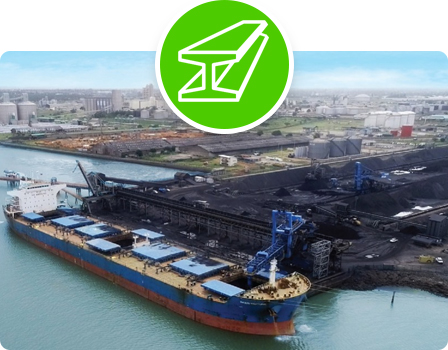
Matola Coal Terminal
The Matola Coal Terminal has an open-air storage area of 170,000 square meters. This terminal features a complex conveyor-based coal handling system. For unloading, there are two tipplers with a capacity of 20 railcars per hour. The terminal is operated under a leasing arrangement by TCM.
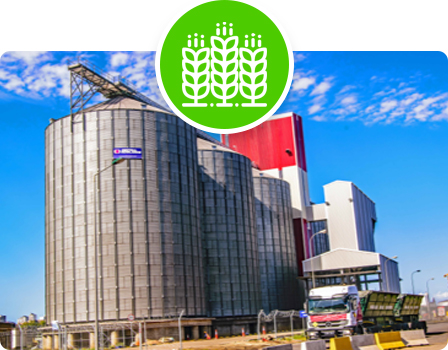
Matola Cereal Terminal
This relatively new terminal (opened in 1996) is equipped with silos with a capacity to store 80,000 tons of grain per year and a handling capacity of 400,000 tons per year.In addition to grain handling, this terminal is equipped to handle vegetable oil and bulk wine using automated equipment.
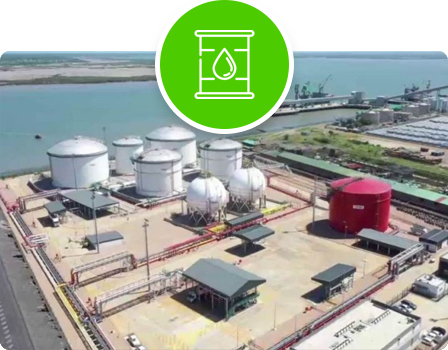
Terminal de Combustíveis
Specialized for handling oil and its derivatives, this Terminal has an extension of approximately 75 meters, a depth of 11 meters, and can accommodate ships from 2,500 DWT to 50,000 DWT, with an installed capacity of 5,000,000 tons per year.
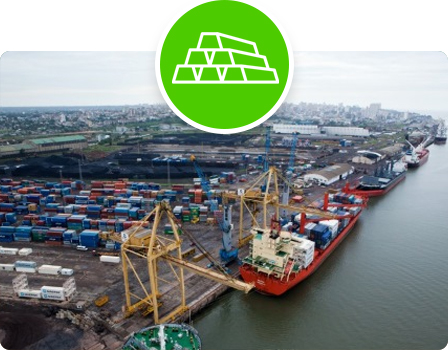
Matola Aluminum Terminal
Approximately US$50 million was spent on the construction of this modern port infrastructure, of which US$13 million represents the construction cost of the pier itself.This pier is 210 meters long, 25 meters wide, and has an average depth of 13 meters. Cargo is unloaded through suction and transferred via conveyor belt to the silos.This terminal has the capacity to handle 600,000 tons of raw materials for aluminum production annually, primarily alumina and petroleum coke, and 250,000 tons of finished metal for export.



